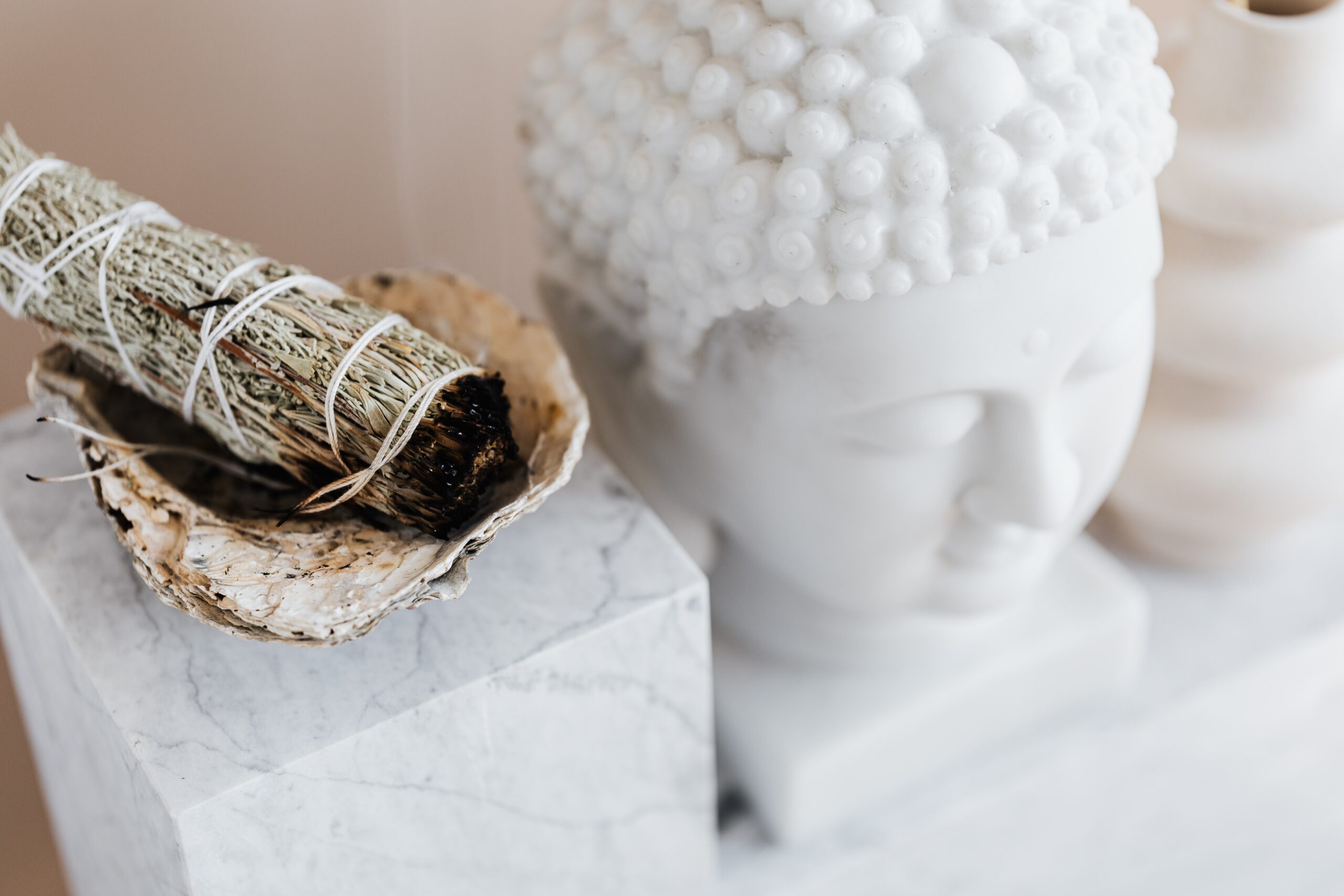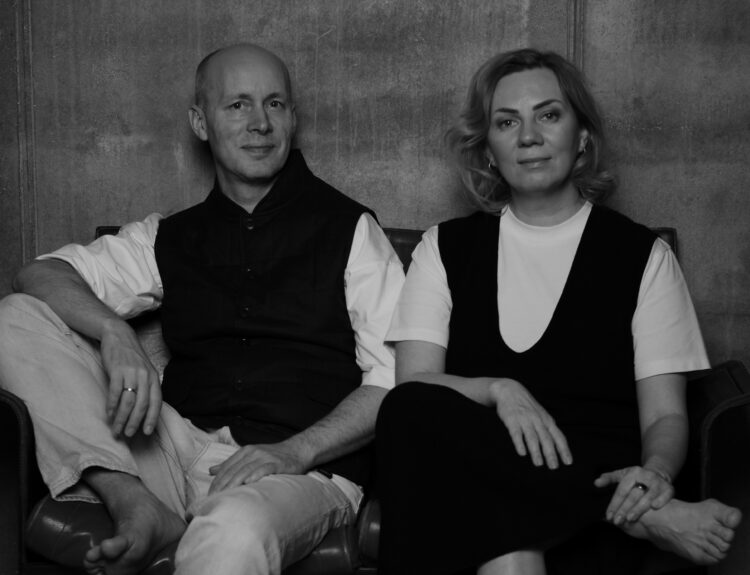Words by Zu Anjalika Kamis Gunnulfsen | Picture by Karolina Grabowski
You wake up, put on some calming sitar instrumental, make green tea; not from teabags but really measuring the amount of tea leaves, boiling water to perfection (in this case, hot enough but not till boiling point), light a candle; not those synthetic ones from IKEA but real organic, non-toxic candle and then laying out your mat for the daily practice of asanas. You see yourself as someone who is taking all the necessary steps to balance your spiritual and your physical life. While all these seem like a transcendent morning routine, how much is enough when it comes to leading a balanced life in this decade of wellness?
While googling the words wellness, I cannot help but notice the array of videos of people burning sage, indulging in singing bowls, admiring collection of crystals and then there are the people who decided that the best way to prevent their uterus from sagging is to insert a $66 Yoni-eggs in their vagina. Yoni-egg is a product of Goop, the multi-million dollar wellness company founded by the Hollywood actress, Gwenyth Paltrow. Over the years, Goop has received criticisms about its expensive non-medically proven products. Gynaecologists have continued to call out Paltrow for promoting non-scientific wellness modalities, including vaginal steaming and body stickers, apparently to ease anxiety and pain. One question still goes unanswered – with all this negative publicity, why are people still buying?
One thing is for sure, in this social-media-wellness-crazed era, people crave to be seen, to belong. They want to be associated with a certain brand or better still, celebrity. The tag and hashtag functions on social media bridge their distance with celebrities – or so, these followers think.
Another thought point is that, when people look at the celebrity or influencer and see how fit, happy and youthful they look, they assume all these are attained by consuming those products that have been endorsed – so people continue to buy not considering for one bit, the celebrity or influencer has disposable income to indulge themselves in other cosmetic or non-cosmetic procedures to look and be a certain way.
Yoga is a beautiful ancient art of well-being that was developed by the Indus-Saraswati civilisation in northern India over 5000 years ago. The introduction of yoga to the west is credited to Swami Vivekananda, an Indian monk, who first came to the United States of America in 1893. He described yoga as a “science of the mind” and translated yogic texts to English from Sanskrit. Fast-forward to current times, the yoga that we see is far cry from the original practice. For one, a practitioner does not need to be clad in Lululemon, an athletic apparel brand synonymous with current time yoga or a $99 mat. Yoga practitioners often splurge for the objective of being part of the wellness movement. Not hard to believe, the industry is worth $84 billion globally!
The term “wellness” is made popular by Dr Halbert L Dunn, the father of the wellness movement in the late 1950s. He distinguished between good health and what he termed high-level wellness, which he defined as “a condition of change in which the individual moves forward, climbing toward a higher potential of functioning”.
A study in Australia suggests that the “wellest of the well” possess the following qualities, to some degree :
(a) high self-esteem and a positive outlook
(b) a foundation philosophy and a sense of purpose
(c) strong sense of personal responsibility
(d) good sense of humour and plenty of fun in life
(e) concern for others and respect for the environment
(f) conscious commitment to personal excellence
(g) sense of balance and an integrated lifestyle
(h) freedom from addictive behaviours of a negative or health-inhibiting nature
(i) capacity to cope with whatever life presents and to continue to learn
(j) grounded in reality
(k) highly conditioned and physically fit
(l) capacity to love and an ability to nurture
(m) capacity to manage life demands and communicate effectively
As you can see from all these, nothing has been mentioned about the current wellness and wellbeing movement “must-haves” that we witness on many Instagram accounts these days.
Wellness is not one-size-fits-all, however, it has one thing in common for everyone – just aim to be a better version of yourselves – body, mind and soul. All these are free or at least costs very minimal; there is no need to spend money that you don’t have just for the sake of being a part of a very expensive movement.
Smudging (ritual) is said to give so much tranquillity and don’t even get them started on that pure, ethereal scent. Smudging is the burning of sacred herbs and it is a ceremony practised by some indigenous people of the Americas. The ritual itself sounds seductive and has taken the world by storm. The pandemic has also created the need to rely on something higher than yourselves, in this case, sage burning to get rid of negative energy. As wellness entered into mainstreamism lately, it has retained much of anti-science ethos. People won’t bat an eyelid to spend money on suck-on sachets of so-called vitamins and goodness – yes, usually endorsed by celebrities. Supermodel Elle MacPherson launched her powdered plum concoction, The Super Booster, she calls it, as way to support the immune system, all at a whopping price tag of $92 for 2 weeks’ worth.
The wellness movement has been created and marketed as things, stunts or activities we all need in order to live a life of fulfilment when the truth of the matter is, wellness is all about taking care of yourself – inside and out, knowing your limitations, never stop learning, acknowledging your strengths and weaknesses, never lose your inner-child, be nurturing, be kind and most of all, be authentically you.
At the end of it all, no amount of sage-burnings, sachet-suckings or tea-makings is going to make you feel whole and well if you are not you in your own skin.






